The animated series Avatar: The Last Airbender captivated audiences all around the world with its rich world-building, intricate storytelling, and dynamic characters withholding the powers to manipulate the elements with an art called bending. Based on the four classical elements, the series features varied bending arts, from the fiery ferocity of firebending to the fluid grace of waterbending.

However, what many fans don’t realize is that the fantastical bending techniques featured in the series are based on real-life martial arts. The article explores the intricate blend of martial arts and fantasy that brought the bending arts to life in the animated series, whose live-action adaptation of the beloved series set to premiere on Netflix soon.
Avatar: The Last Airbender Bending Techniques Are Based on Real-Life Martial Arts
Avatar: The Last Airbender is highly influenced by Asian and Indigenous people’s cultures. The creators of the animated series, Michael DiMartino and Bryan Konietzko, wanted to authentically depict the cultural elements in the show, including the Martial arts, which inspired the bending techniques in the show.
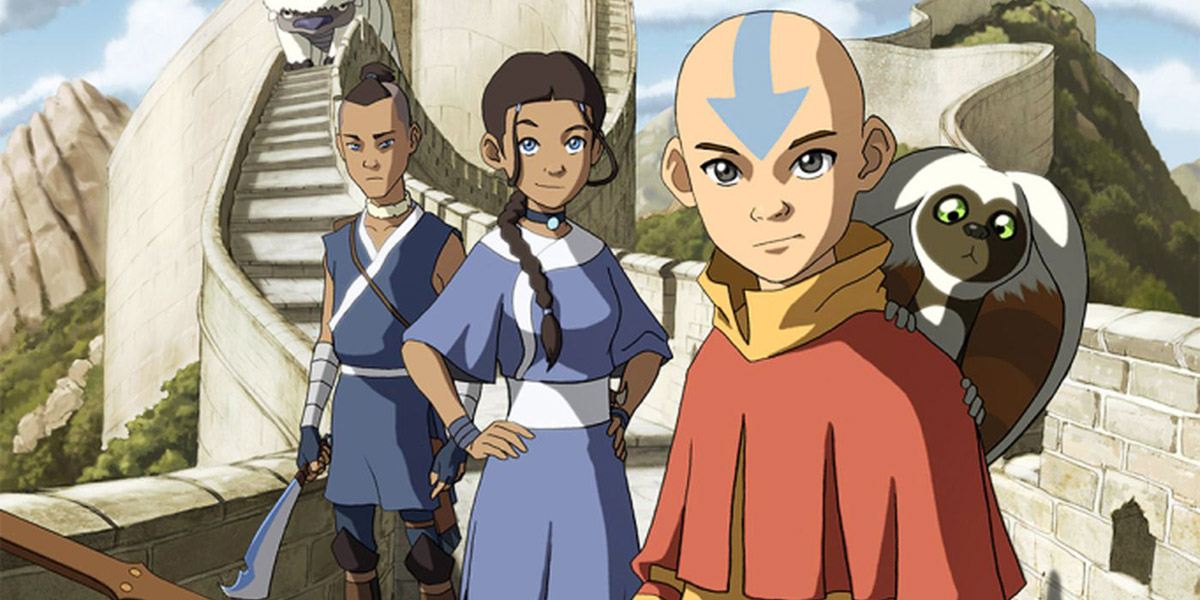
They did so with the assistance of the expertise of Sifu Kisu, a master of Northern Shaolin martial arts who is trained in Tae Kwon Do, Karate, and Jujitsu. He collaborated closely with the creators throughout all 61 episodes of Avatar: The Last Airbender and choreographed every fight scene, ensuring that the movements accurately reflected the essence of each bending style. Incorporating real-life martial arts techniques, the series created impressive and captivating fight scenes.
Airbending is Based on Baguazhang
Aang’s original bending style and the one that comes most naturally to him is seamlessly integrated into various aspects of his life, such as flying with his glider and navigating fast on an air scooter. The agile and elusive bending technique is inspired by Baguzhang, a traditional Chinese martial art known for its circular movements and evasive techniques.
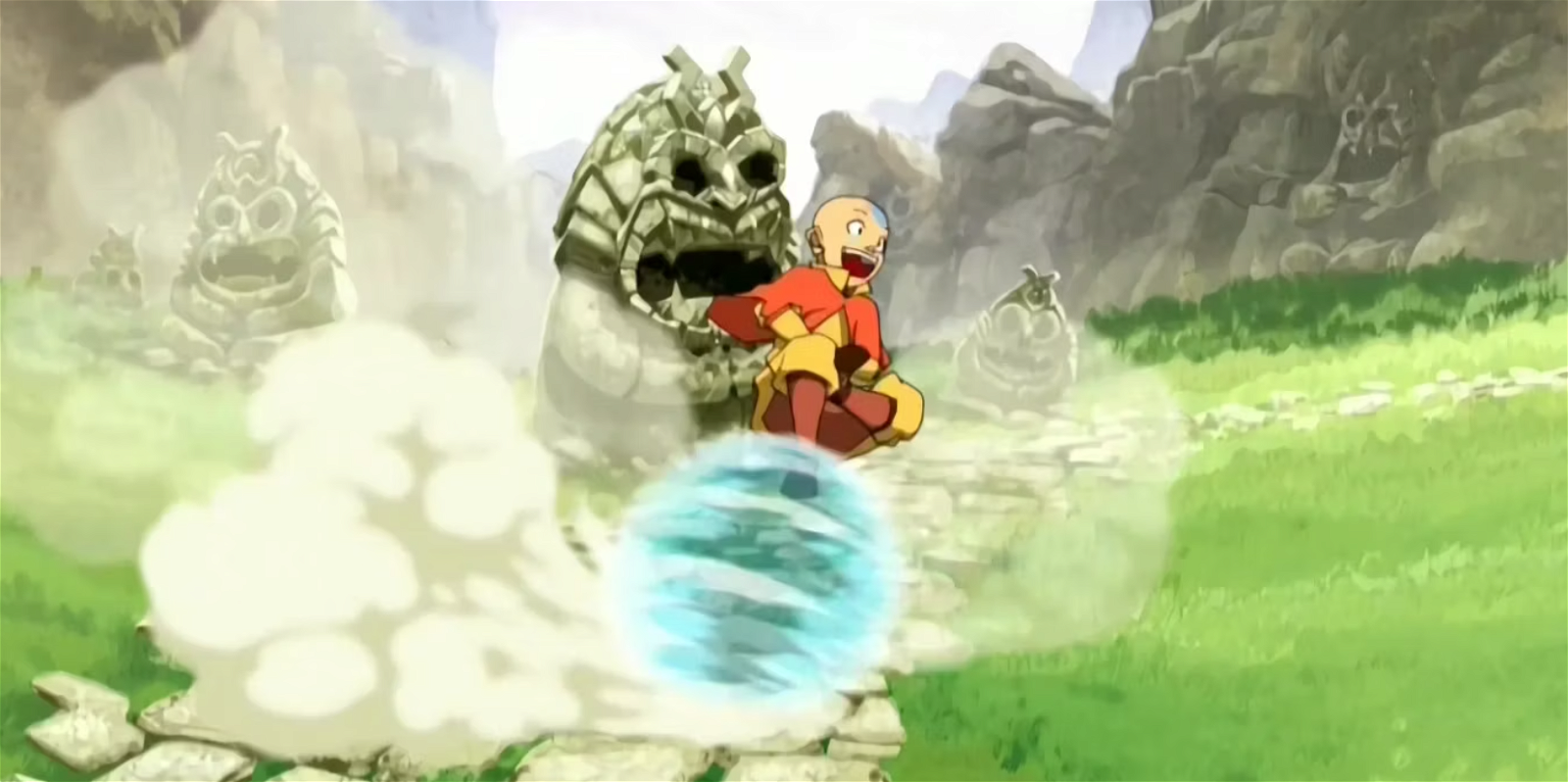
Aang, the last airbender and protagonist of the series, exemplifies the principles of Baguzhang as he gracefully maneuvers around opponents, mirroring the fluidity of air currents. With its emphasis on spirituality and mental focus, Baguzhang perfectly encapsulates the essence of airbending.
Firebending is Inspired by Northern Shaolin
Firebending, the bending technique often used by Prince Zuko and other Fire Nation benders, is known for its power and intensity. The bending style finds its roots in Northern Shaolin, a dynamic form of Chinese martial arts renowned for its aggressive attacks and swift movements.
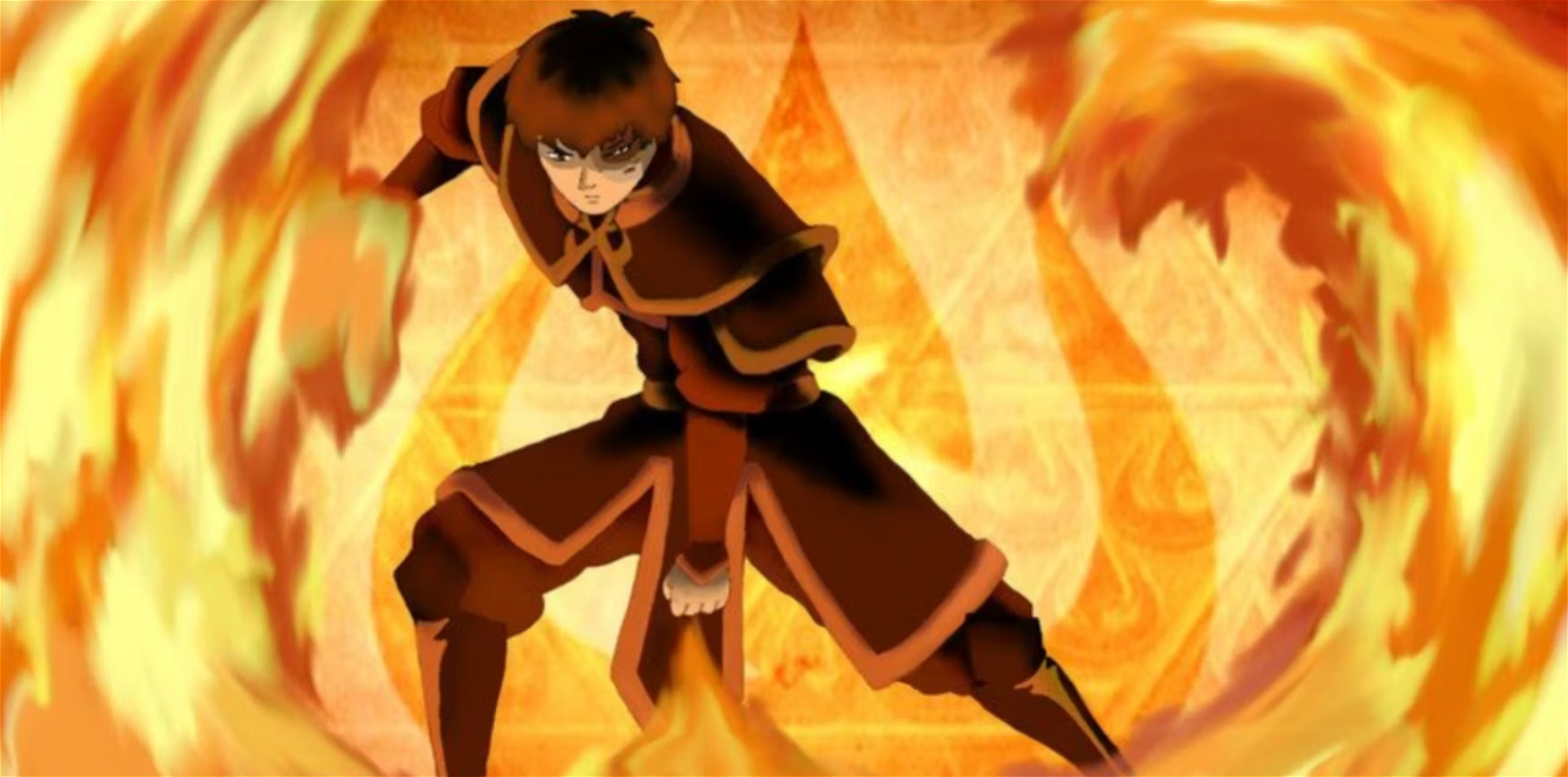
“It’s a very strong, dynamic style that uses powerful hand and leg movements,” said Sifu Kisu as he described that Northern Shaolin has influenced many other martial arts as well. It’s also known for long-range attacks, which is depicted in firebenders ability to project flames over distances.
Earthbending Takes Inspiration From Hung Gar Kuen
Earthbending technique takes inspiration from the Southern Chinese martial art, Hung Gar Kuen, which is distinguished by its low stance and powerful attacks. With a focus on rooted stances and deliberate movements, Hung Gar Kuen provides earthbenders with the ability to channel the stability and resilience of the Earth and stand firm against any opponent.
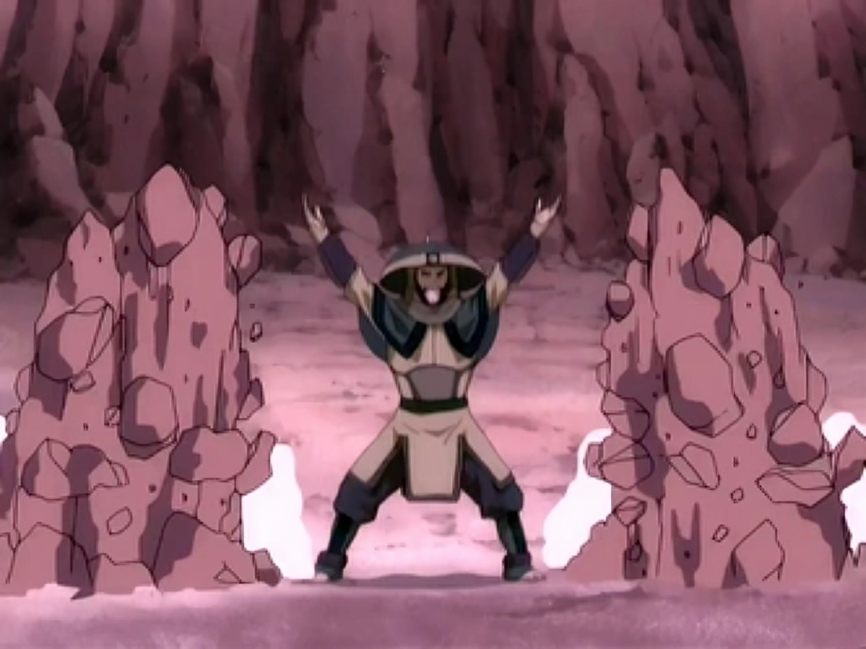
Sifu Kisu has explained that the earthbending technique is based on the movement of animals, especially the Tiger, saying that it “represents hard power, and the crane, which stands for soft power.”
Toph Beifong, the supreme master of earthbending, uses a unique style inspired by the Chu Gar or Praying Mantis style. Unlike traditional Hung Gar Kuen, Chu Gar emphasizes agility and close combat, allowing Toph to overwhelm his opponents with lightning-fast attacks and skillful maneuvers.
Waterbending is Based on Tai Chi
Katara’s specialty, Waterbending, draws inspiration from the fluid movements of Tai Chi. Sifu Kisu has shared that Tai Chi is “less about strength and more about alignment, body structure, breath, and visualization.” It is depicted with waterbenders utilizing the principles of balance and harmony to manipulate the fluidity of water to their advantage.
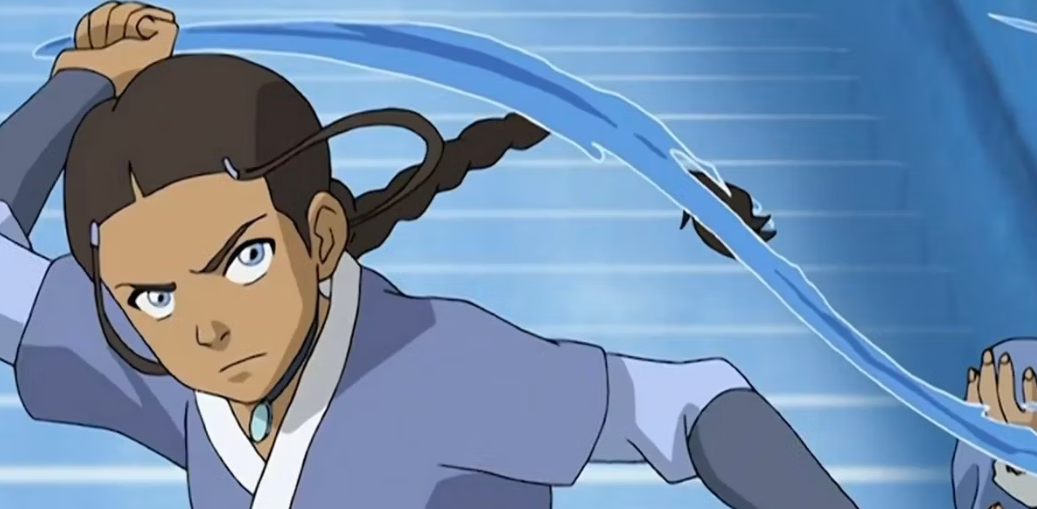
Similar to Tai Chi practitioners’ focus on redirecting and neutralizing their opponent’s force, waterbenders use their bending skills to control the currents of battle, ranging from gentle healing to powerful offensive strikes. Combat is one of the elements of Tai Chi and it often adopts a slow form to facilitate meditation and enhance the mind-body connection, a characteristic that parallels waterbending’s unique ability to serve healing purposes.
As the live-action adaptation of Avatar: The Last Airbender takes shape on Netflix, fans are looking forward to seeing these real-life martial arts techniques brought to life on screen.
Avatar: The Last Airbender (animated series) is available to stream on Netflix.
Avatar: The Last Airbender (live action) is set to premiere on Netflix on February 22, 2024.

